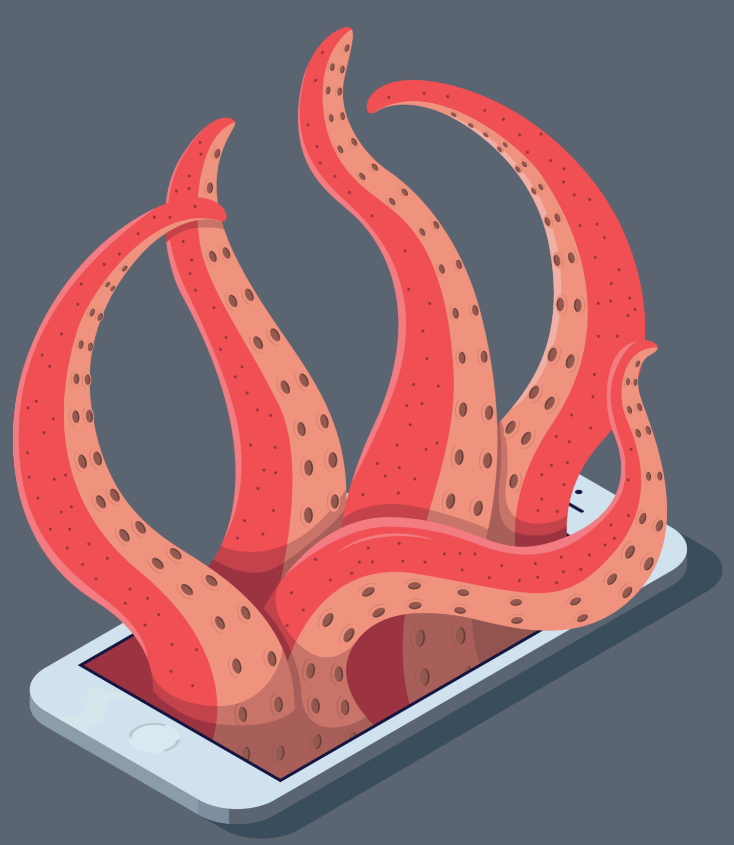Many security-conscious people probably think they’d never fall for a phone-based phishing scam. But if your response to such a scam involves anything other than hanging up and calling back the entity that claims to be calling, you may be in for a rude awakening. Here’s how one security and tech-savvy reader got taken for more than $10,000 in an elaborate, weeks-long ruse.
Today’s lesson in how not to get scammed comes from “Mitch,” the pseudonym I picked for a reader in California who shared his harrowing tale on condition of anonymity. Mitch is a veteran of the tech industry — having worked in security for several years at a fairly major cloud-based service — so he’s understandably embarrassed that he got taken in by this confidence scheme.
On Friday, April 17, Mitch received a call from what he thought was his financial institution, warning him that fraud had been detected on his account. Mitch said the caller ID for that incoming call displayed the same phone number that was printed on the back of his debit card.
But Mitch knew enough of scams to understand that fraudsters can and often do spoof phone numbers. So while still on the phone with the caller, he quickly logged into his account and saw that there were indeed multiple unauthorized transactions going back several weeks. Most were relatively small charges — under $100 apiece — but there were also two very recent $800 ATM withdrawals from cash machines in Florida.
If the caller had been a fraudster, he reasoned at the time, they would have asked for personal information. But the nice lady on the phone didn’t ask Mitch for any personal details. Instead, she calmly assured him the bank would reverse the fraudulent charges and said they’d be sending him a new debit card via express mail. After making sure the representative knew which transactions were not his, Mitch thanked the woman for notifying him, and hung up.
The following day, Mitch received another call about suspected fraud on his bank account. Something about that conversation didn’t seem right, and so Mitch decided to use another phone to place a call to his bank’s customer service department — while keeping the first caller on hold.
“When the representative finally answered my call, I asked them to confirm that I was on the phone with them on the other line in the call they initiated toward me, and so the rep somehow checked and saw that there was another active call with Mitch,” he said. “But as it turned out, that other call was the attackers also talking to my bank pretending to be me.”
Mitch said his financial institution has in the past verified his identity over the phone by sending him a one-time code to the cell phone number on file for his account, and then asking him to read back that code. After he hung up with the customer service rep he’d phoned, the person on the original call said the bank would be sending him a one-time code to validate his identity.
Now confident he was speaking with a representative from his bank and not some fraudster, Mitch read back the code that appeared via text message shortly thereafter. After more assurances that any additional phony charges would be credited to his account and that he’d be receiving a new card soon, Mitch was annoyed but otherwise satisfied. He said he checked his account online several times over the weekend, but saw no further signs of unauthorized activity.

That is, until the following Monday, when Mitch once again logged in and saw that a $9,800 outgoing wire transfer had been posted to his account. At that point, it dawned on Mitch that both the Friday and Saturday calls he received had likely been from scammers — not from his bank.
Another call to his financial institution and some escalation to its fraud department confirmed that suspicion: The investigator said another man had called in on Saturday posing as Mitch, had provided a one-time code the bank texted to the phone number on file for Mitch’s account — the same code the real Mitch had been tricked into giving up — and then initiated an outgoing wire transfer.
It appears the initial call on Friday was to make him think his bank was aware of and responding to active fraud against his account, when in actuality the bank was not at that time. Also, the Friday call helped to set up the bigger heist the following day.
Mitch said he and his bank now believe that at some point his debit card and PIN were stolen, most likely by a skimming device planted at a compromised point-of-sale terminal, gas pump or ATM he’d used in the past few weeks. Armed with a counterfeit copy of his debit card and PIN, the fraudsters could pull money out of his account at ATMs and go shopping in big box stores for various items. But to move lots of money out of his account all at once, they needed Mitch’s help.
To make matters worse…


